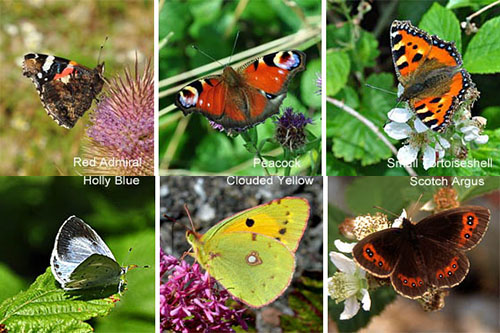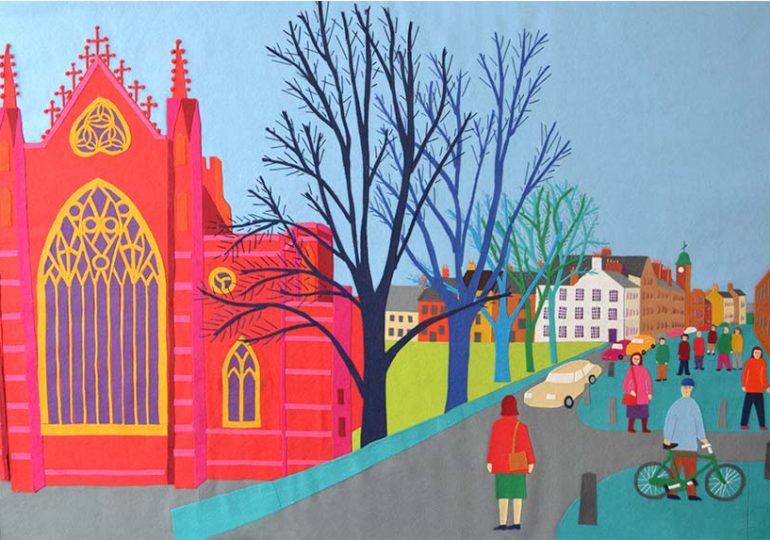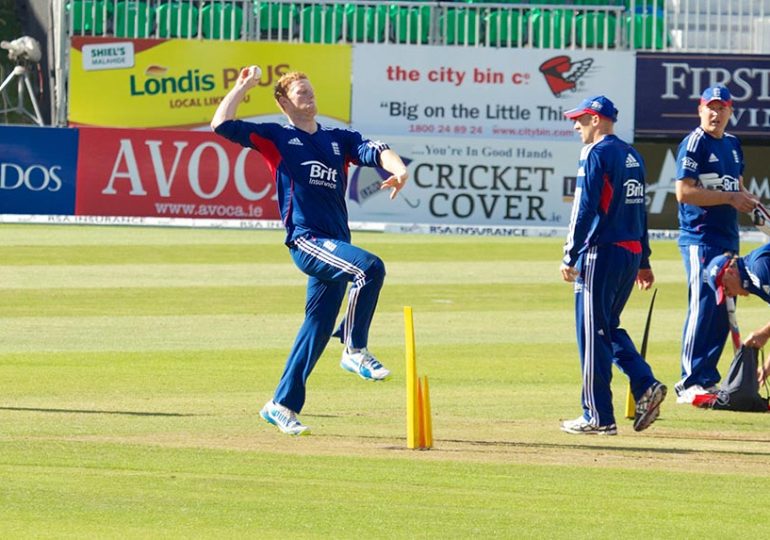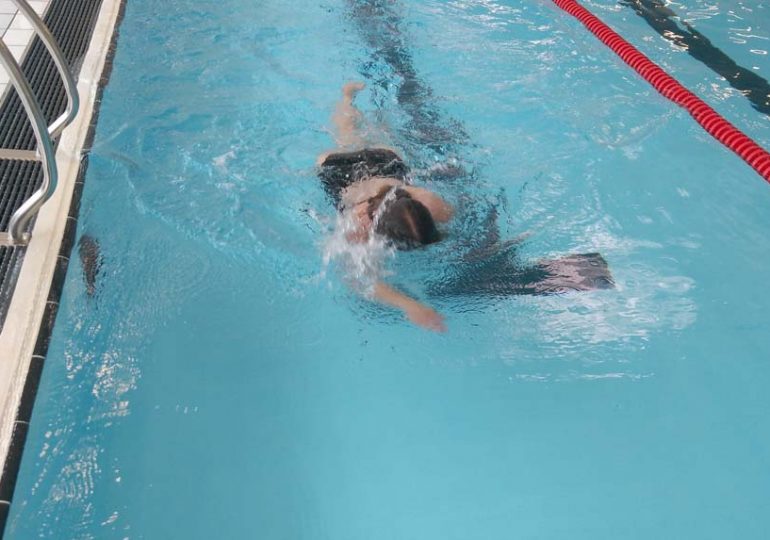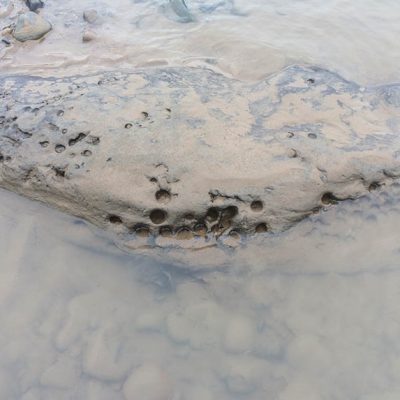Wild About Cumbria – Butterflies

In the latest installment of our Wild About Cumbria series, Danielle Murphy takes a closer look at the breathtaking butterflies we may spot in the garden this summer.
Cumbria is often thought of as beautiful for its lakes, mountains and scenery. However true this may be, it isn’t just the national parks which boast all the beauty. The coastal areas of Cumbria host a flurry of wildlife and probably the most majestic, is the butterfly.
There have been 41 species recorded in Cumbria. They come in all kinds of colours, some have intricate designs printed on their wings and they are one of nature’s most beautiful creations. As the year goes on you will notice a variety of different species.
September is the month where we will notice less and less butterflies as the summer starts coming to an end. However, in August and even early September our gardens and coastlines are still rife with butterflies.
Some of the species you will encounter over the next couple of months are:
August
Holly Blue
Clouded Yellow
Scotch Argus
September
Red Admiral
Peacock
Small Tortishell
(photo credit – Peter Wilde)
Butterfly facts
- Butterflies taste with their feet.
- A group of butterflies is sometimes called a flutter.
- Their eyes are made of 6,000 lenses and can see ultraviolet light.
- There are 165,000 known species of butterflies found on every continent except Antarctica.
- Many adult butterflies never excrete waste – they use up all they eat for energy.
- Despite popular belief, butterfly wings are clear – the colours and patterns we see are made by the reflection of the tiny scales covering them.
- Butterfly wings move in a figure eight motion.
- Butterflies vary in size, the largest species may reach 12 inches across, while the smallest may only be half an inch.
- Skipper butterflies fly so fast they could outpace a horse, but most butterflies fly at five to 12 miles per hour (eight to 20 kilometers per hour).
- Butterflies have a long, tube-like tongue called a proboscis that allows them to soak up their food rather than sip it.
- Males drink from mud puddles to extract minerals that aren’t available in flowers. This behavior is known as “puddling.”
- “Puddle clubs” are groups of butterflies that gather at wet soil to suck up salts and minerals.
- Some butterflies have been seen drinking blood from open wounds on animals.
- Scientists thought butterflies were deaf until the first butterfly ears were identified in 1912.


